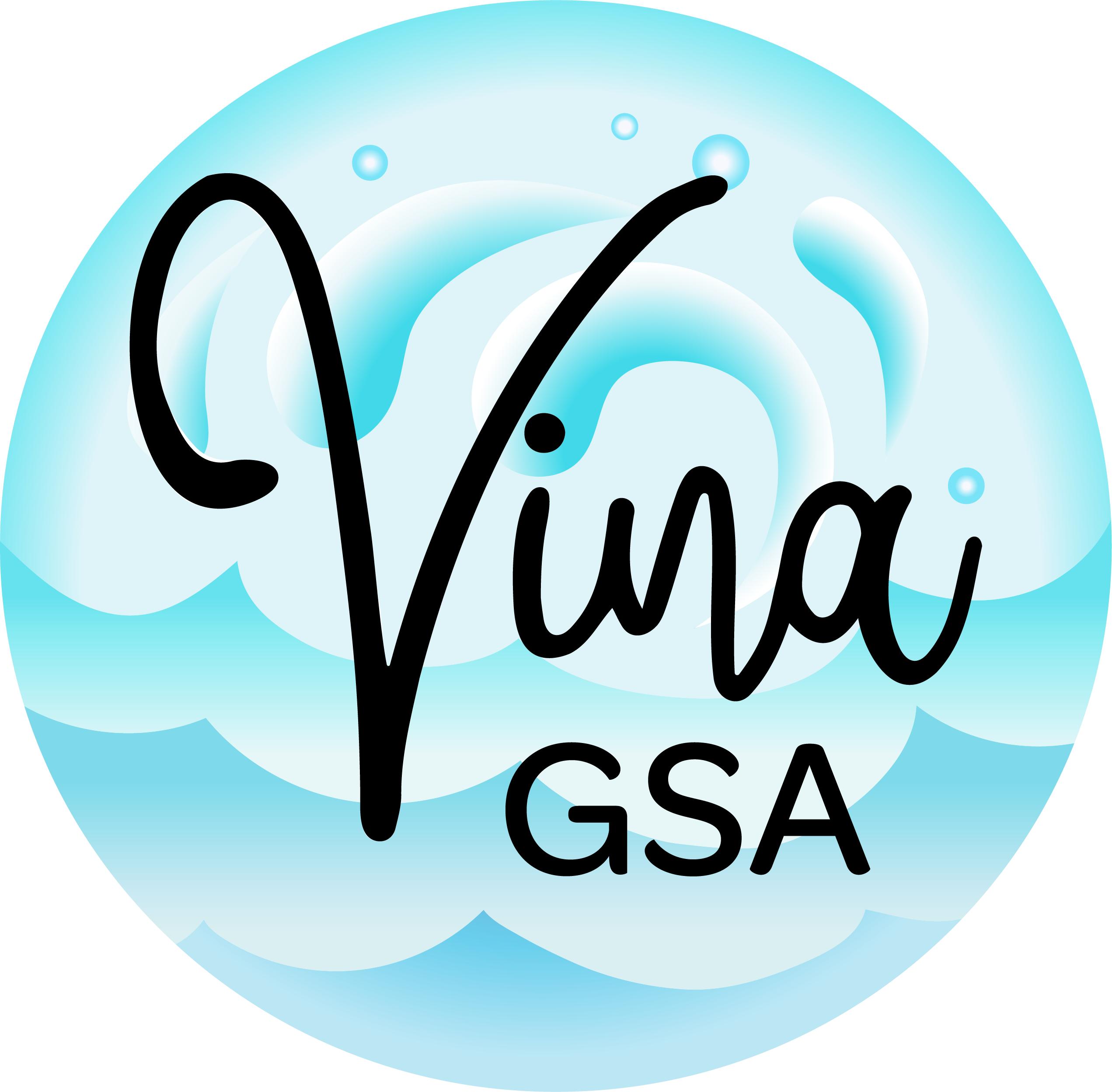Funding - Frequently Asked Questions
A printable version of these FAQs can be downloaded below.
Vina Funding FAQs 040523.pdfGrants and Funding
For a copy of the grant application submitted to DWR please visit: https://www.vinagsa.org/files/61baa1fe7/SGMgrantpackage_Vina.pdf.
Does funding exist to help with SGMA compliance and GSP implementation?
The State provided planning grants to assist with covering the costs of preparing GSPs; the Butte County Department of Water and Resource Conservation managed the grant and consultant team that prepared the Vina Subbasin GSP that was submitted to the State in December 2021.
Ultimately, GSAs are responsible for covering costs for GSP implementation and SGMA compliance. However, the Budget Act of 2021 provided $200 million in General Funds and Proposition 68 provided additional funds for SGMA implementation projects. The Vina GSA applied for grant funds for projects totaling approximately $5.5 million through round two of the SGM Grant Program in December 2022. DWR is currently reviewing and scoring applications. The Vina GSA will continue to evaluate and pursue other grant funding sources as they become available.
Additional costs for GSA administration, GSP implementation (not including PMAs), and SGMA compliance will be funded through the GSA fee setting process.
For a copy of the grant application submitted to DWR please visit: https://www.vinagsa.org/files/61baa1fe7/SGMgrantpackage_Vina.pdf.
Can grants cover all the GSA costs?
Vina GSA costs include both GSA administrative costs and GSP implementation/SGMA compliance costs. GSA administrative costs are not included under the SGM grant program. As a result, the Vina GSA has initiated this long-term funding process to focus on the revenue needs to cover the GSA administrative costs and SGMA regulatory compliance activities.
The Vina GSA is working hard to keep landowner fees as low as possible by relying on grants to cover the costs of groundwater sustainability projects that were identified in the GSP and included in the SGM grant application. While grants are being sought to cover many of the costs of GSP implementation and SGMA compliance, 82 grant applications from groundwater subbasins throughout California have been submitted for the same limited pool of grant dollars.
How Were Administrative Costs Funded Before?
To date, the daily activities of running the Vina GSA (GSA administration) have been provided through in-kind staff services from the three member agencies (Butte County, City of Chico, and Durham Irrigation District) and annual contributions. These contributions covered the cost of audit reports and legal services. The most recent Vina GSA activities that have required professional services consultant contracts, such as grant applications, preparation of annual reports, and the long-term funding mechanism process have been paid for by one-time funding from Butte County. The Vina GSA is responsible for covering ongoing administrative costs going forward.


